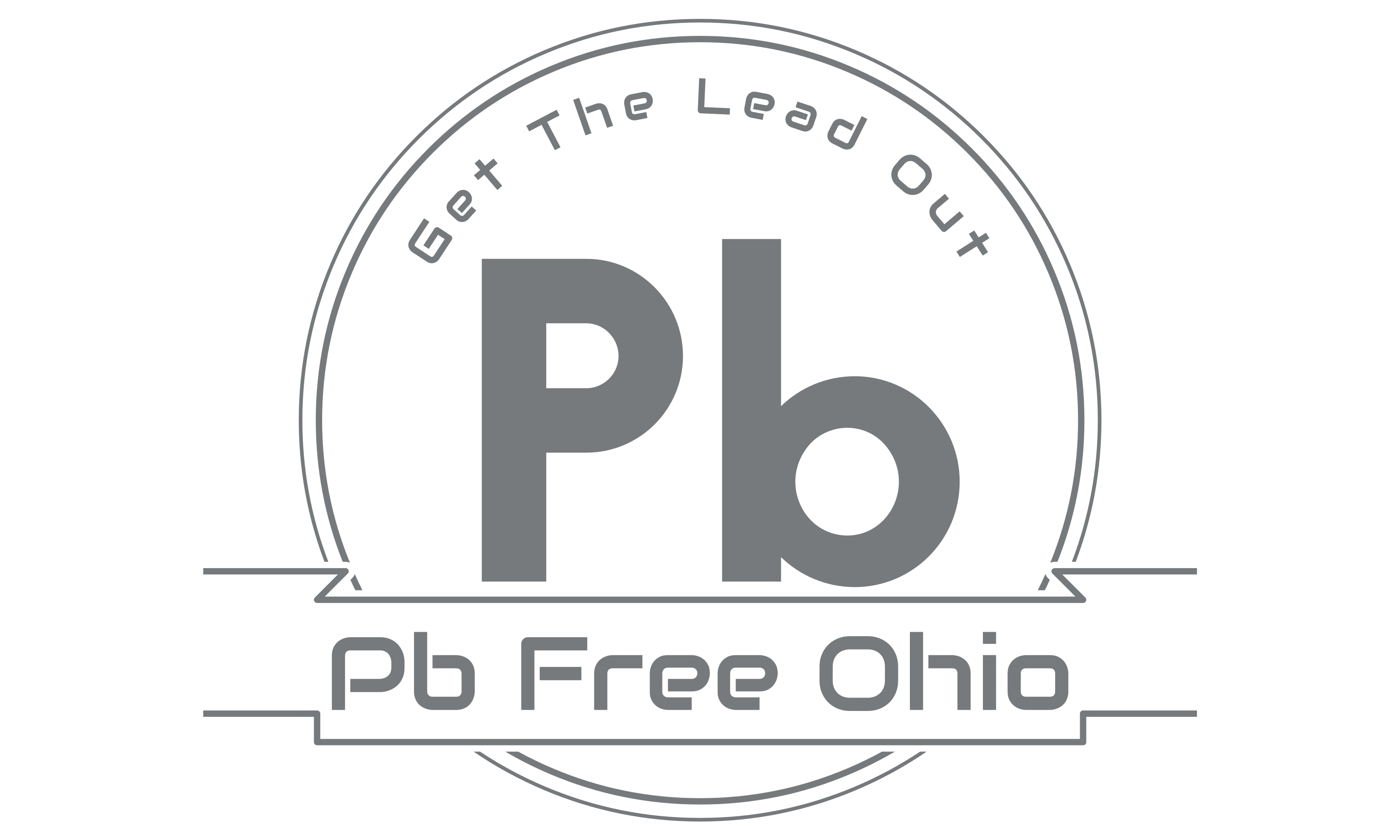
Nearly one-in-five Cleveland children continue to have elevated levels of lead in their blood.City of Cleveland
Good intentions can produce unintended and undesirable consequences. That evidently is what’s happened to Cleveland Mayor Justin Bibb’s commendably toughened lead-paint-safety requirements that instead have seemingly added to already unacceptable delays in lead-paint detection and removal in older Cleveland rental housing.
Cleveland.com’s Sean McDonnell recently reported that the mayor’s initiative created a 1,200-application paperwork backlog in landlords’ inspection applications: “Now key staffers are at their desks tackling [the] backlog, instead of going out to inspect homes,” he reported
Effective in February 1978 – that is, more than 47 years ago – the federal Consumer Product Safety Commission classified paint containing lead as a banned hazardous product.
Yet today, according to the U.S. Environmental Protection Agency, “A million kids are affected by lead paint poisoning with some level of irreversible damage, such as lower intelligence, learning disabilities and behavioral issues. [And] adults exposed to lead paint can suffer from high blood pressure, headaches, dizziness, diminished motor skills, fatigue and memory loss.”
Even small levels of exposure can harm adults and children.
Plainly put, lead poisoning from this legacy of lead in homes and soils can drastically damage a child’s prospects, something Cleveland has sadly seen for generations. Even the historic recent local investments to try to address lead-poisoning hazards have floundered amid halfway measures.
That’s why what’s needed is a state partner to help Cleveland rid itself, once and for all, of this scourge — and unleash the tens of millions of unspent dollars already raised locally to help advance that cause.
McDonnell reported that Cleveland’s former lead-paint testing standard – superseded by Bibb’s tougher standard – “only determined whether lead was present on the day inspectors tested. A home with lead hazards could pass inspection if it were cleaned well enough. But in time, wear and tear on old doors and windows could release more lead dust. The stricter test looks more holistically at the house to identify potential lead hazards and repairs that need to be made.”
State government hasn’t been indifferent to the lead-paint challenges that Ohio’s aging housing stock presents. The state’s current operating budget, which expires June 30, allots an estimated $18.6 million this fiscal year to the Ohio Department of Development for lead-poisoning prevention projects.
The safety and development of Ohio’s children has been a keystone of Gov. Mike DeWine tenure as Ohio’s chief executive. It’s worth asking whether state government, with financial resources vastly greater than Cleveland’s, vastly greater than any city’s, should do more to protect our children – Ohio’s future.
About our editorials: Editorials express the view of the editorial board of cleveland.com and The Plain Dealer — the senior leadership and editorial-writing staff. As is traditional, editorials are unsigned and intended to be seen as the voice of the news organization.
